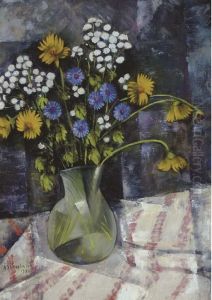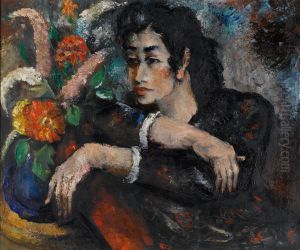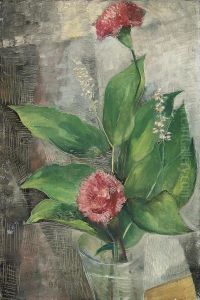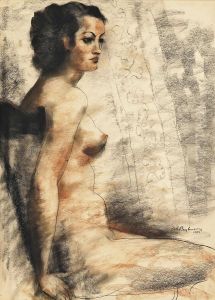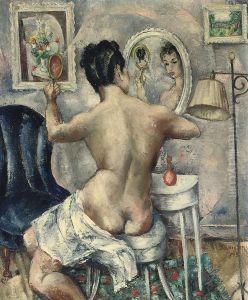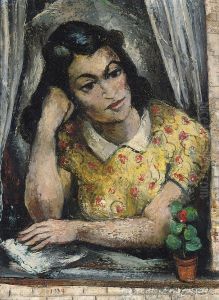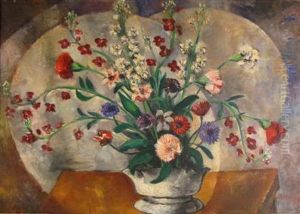Abraham Solomon Baylinson Paintings
Abraham Solomon Baylinson, born in 1882 in Russia, immigrated to the United States, where he would emerge as a significant figure in the American art scene. His journey into the arts led him to study at the National Academy of Design in New York, a foundational experience that honed his skills and shaped his artistic direction. Baylinson's early works were deeply influenced by the prevailing styles of his time, especially Impressionism, which is evident in his use of light and color to capture fleeting moments and moods.
As Baylinson's career progressed, his style evolved, showing influences from the burgeoning movements of Modernism and Cubism. This was a time of great experimentation and innovation in the art world, and Baylinson actively engaged with these new ideas, integrating them into his work. He became a member of the Society of Independent Artists and participated in their exhibitions, which were pivotal in introducing and establishing Modern art in America. His involvement with this group placed him at the heart of the American avant-garde, contributing to the dialogue that was reshaping American art in the early 20th century.
Throughout the 1920s and 1930s, Baylinson continued to develop his unique style, which blended elements of the modern movements with his own personal vision. His paintings from this period show a mastery of form, color, and composition, demonstrating his ability to reinterpret reality in a way that was both innovative and deeply personal. Baylinson's work received recognition and was exhibited in several prestigious venues, including the Museum of Modern Art in New York and the Art Institute of Chicago, cementing his reputation as an important American artist.
Despite his success, Baylinson's name is not as widely recognized today as some of his contemporaries. Nevertheless, his contributions to the development of American Modernism and his role in the artistic movements of the early 20th century remain significant. Baylinson passed away in 1950, leaving behind a body of work that continues to be studied and appreciated for its contribution to the American art narrative. His paintings are held in various public and private collections, serving as a testament to his artistic legacy.
